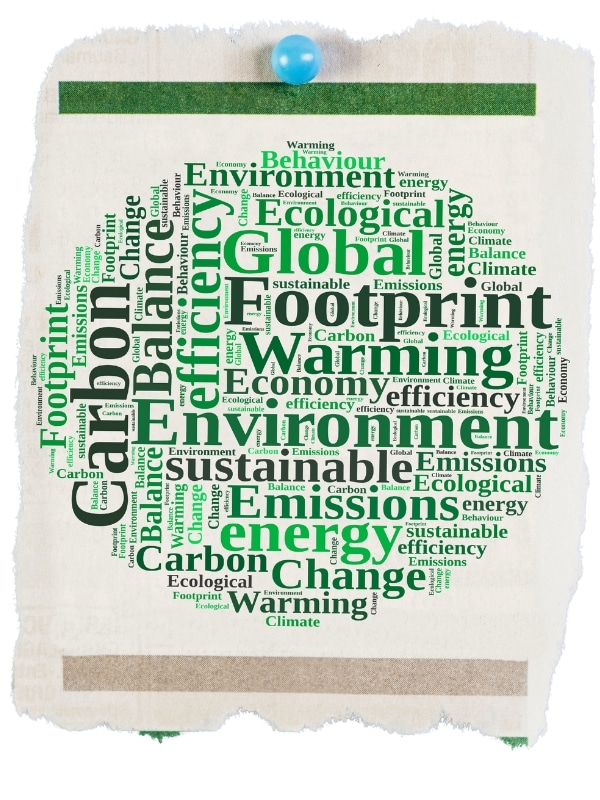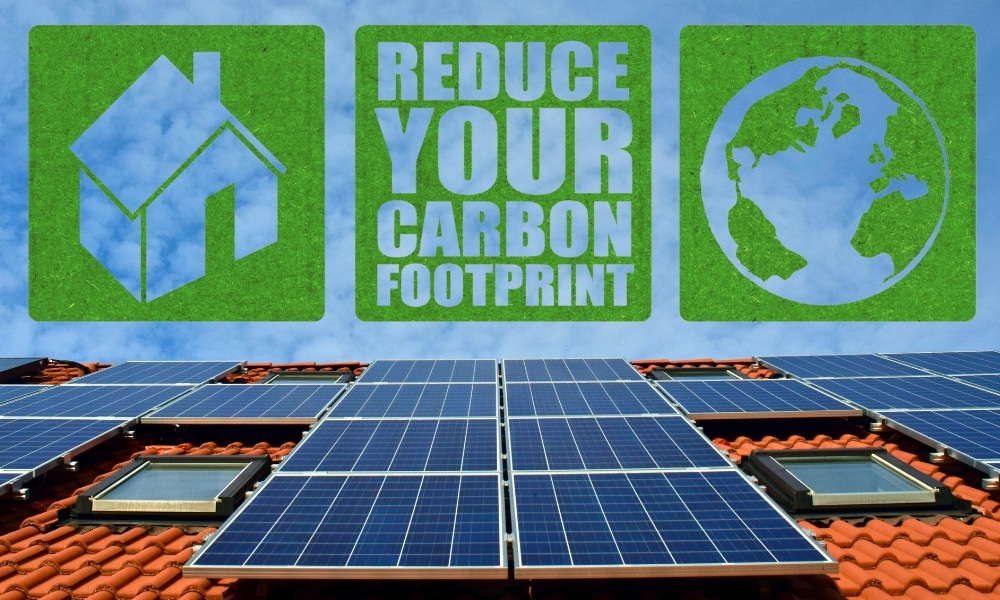Australia, a sun-drenched continent with a burgeoning energy appetite, faces a significant challenge: reducing its carbon footprint. The nation’s reliance on fossil fuels for electricity generation has contributed substantially to greenhouse gas emissions, exacerbating climate change impacts.
In this context, solar panels emerge as a powerful tool in the fight against climate change. By harnessing the sun’s abundant energy, solar panels offer a clean, renewable, and efficient solution to mitigate the impact of carbon footprint.
Are you looking to save money on your electricity bills and reduce your carbon footprint? Solar energy is the perfect solution! Energy Matters can help you get up to 3 FREE solar quotes from pre-qualified and vetted solar installers in your area.
Energy Matters is the leading supplier of solar quotes in Australia due to its vast partnership network of high-quality installers. With Energy Matters, you can be sure you’re getting the best possible deal on solar energy.
Understanding the carbon footprint impact

Before delving into the role of solar panels, it’s crucial to grasp the gravity of Australia’s carbon footprint. Burning fossil fuels for electricity generation, transportation, and industrial processes releases vast amounts of carbon dioxide and other greenhouse gases into the atmosphere. These emissions contribute to global warming, leading to rising sea levels, extreme weather events, and ecological disruptions.
With its vast and sunny landscapes, Australia possesses immense solar energy potential. By tapping into this resource, the country can significantly reduce its reliance on fossil fuels, curtailing greenhouse gas emissions.
Solar panels and carbon reduction
Solar panels, or photovoltaic (PV) panels, convert sunlight into electricity through the photovoltaic effect. This clean energy generation process emits no greenhouse gases, making it a cornerstone of a low-carbon future.
Residential solar adoption
Australian households have widely adopted solar panels. Rooftop solar systems not only offset electricity bills but also contribute to reducing the overall carbon footprint. As more homes generate their clean energy, fossil fuel-powered plants’ demand for grid electricity decreases.

Read more about:
- Finding the Perfect Fit: Solar System Sizing for a Single-Person Home
- Finding the Solar Sweet Spot: Choosing the Right Solar System Sizing for a Working Couple with an EV
- Finding the Right Fit: Solar System Sizing for an Aussie Family of 3 with an EV
- Powering Up Your Aussie Family of 5: A Guide to Solar System Sizing
- Choosing the Right Solar System Sizing for Retired Coupled Australians with EVs
Grid integration
As solar panel installations increase, the integration of solar power into the grid becomes more efficient. This integration helps balance energy supply and demand, reducing the need for fossil fuel-based power plants during peak solar generation periods.
Large-scale solar farms
Australia boasts the world’s largest solar farms. These installations generate vast amounts of clean electricity, displacing the need for coal-fired power plants. Large-scale solar farms play a pivotal role in reducing carbon emissions by increasing the share of renewable energy in the electricity grid.
Solar thermal power
While less common than PV, solar thermal power stations use concentrated solar energy to generate electricity. This technology can operate even during cloudy conditions, providing a consistent source of clean energy.
Economic benefits
The solar industry’s growth has created jobs and stimulated economic activity. As the cost of solar panels continues to decline, solar power’s economic viability has increased, making it an attractive option for both households and businesses.
Solar battery storage
Integrating solar battery storage with panels enhances the system’s efficiency and carbon reduction benefits. Batteries store excess solar energy generated during the day for use during peak demand periods or at night. This reduces reliance on the grid, further decreasing carbon emissions.
Use Energy Matters’ easy-to-use solar power and battery storage calculator to determine the size of your solar system with storage! Our solar calculator will generate performance information and potential savings.
We can send this information to 3 of our pre-vetted and trusted local installers in your area to receive obligation-free solar quotes.
The path forward
A concerted effort is required to fully realise the potential of solar panels in reducing Australia’s carbon footprint. This includes:
- Continued policy support: Government policies that incentivise solar panel adoption and research and development are crucial.
- Grid modernisation: Upgrading the electricity grid to accommodate increased solar power generation is essential.
- Public awareness: Educating the public about the benefits of solar power and dispelling misconceptions is vital.
- Energy storage solutions: Investing in energy storage technologies will enhance the reliability and efficiency of solar power.
Read more about solar batteries:
- Best Solar Battery in Australia
- Solar Battery Buying Guide: How to Make the Right Decision
- Comprehensive Guide to Storing Solar Energy
- Energy Storage – Home Solar Battery Systems
Challenges and opportunities
While solar panels offer immense promise, challenges remain. Intermittency, the variability of solar energy production due to weather conditions, requires effective grid integration and energy storage solutions. Additionally, the upfront cost of solar panel systems can be a barrier for some households and businesses.
However, the declining cost of solar technology, coupled with government solar incentives and increasing public awareness of climate change, are driving rapid growth in the solar industry. Furthermore, technological advancements in battery storage and grid management address intermittency concerns.
A sustainable future

Australia’s transition to a low-carbon economy is imperative to protect the environment and ensure a sustainable future. Solar panels are a vital component of this transformation. By embracing solar energy, Australia can reduce its carbon footprint, create jobs, and foster a cleaner, healthier environment.
To maximise solar panels’ impact, they must be complemented by other renewable energy sources like wind turbines and hydropower. Additionally, energy efficiency measures should be implemented to reduce overall energy consumption.
Read more about:
The journey towards a carbon-neutral Australia is ambitious but achievable. Solar panels offer a bright path forward because they harness the sun’s power. By investing in solar energy, Australia can combat climate change and build a sustainable future for future generations.
Power your home or business with the sunshine above and the wind at your back! Ditch the grid or off-grid and embrace clean energy independence with a customised solar + wind + battery storage system.
Energy Matters connects you with 3 FREE solar quotes from local, vetted installers, ensuring you get the perfect fit and the best price. Click today and unlock the future of energy!
Ready to upgrade your solar systems and take your energy savings to the next level?
Embrace the energy efficiency revolution by upgrading your solar systems and adding a battery, solar inverters + more with Energy Matters. Energy Matters has been recognised for our continued excellence in the Australian solar industry. We provide our customers with high-quality resources, insight, and access to reputable solar quotes.
With Energy Matters’ 3 free solar quotes, you can compare plans from pre-qualified and vetted installers in your area and find the perfect solution for your home and business. Harness the sun’s power and save money on electricity bills while reducing environmental impact. Let Energy Matters guide you towards a brighter, more sustainable future.














































